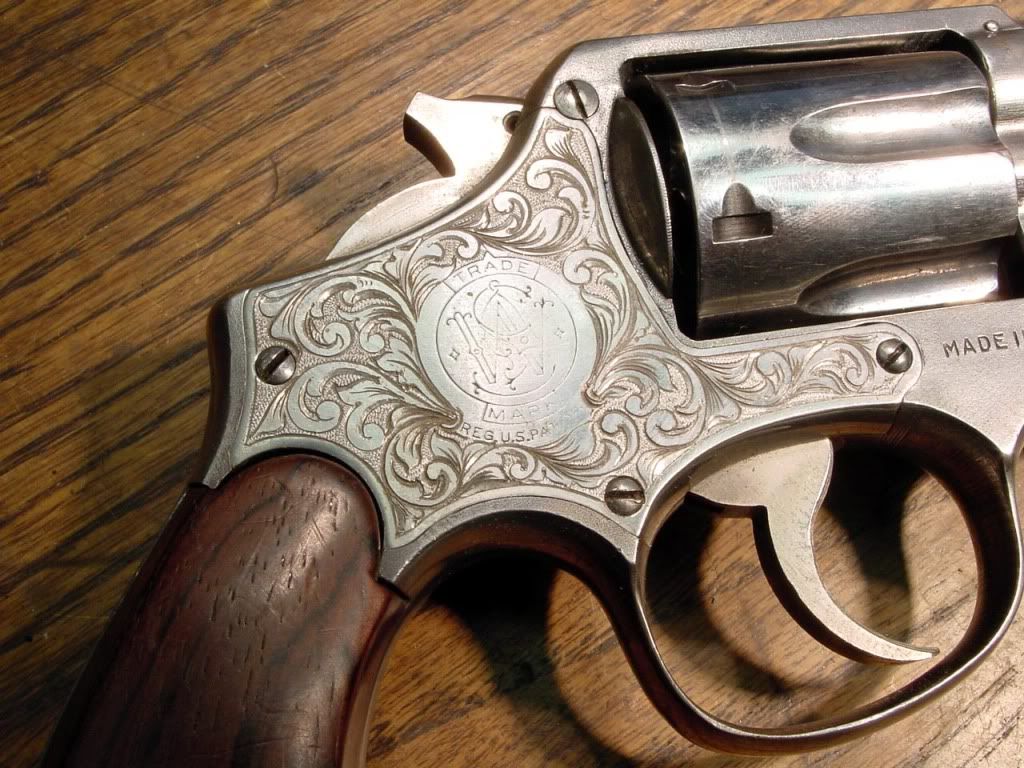The BRAWL² Tournament Challenge has been announced!
It starts May 12, and ends Oct 17. Let's see what you got!
https://polycount.com/discussion/237047/the-brawl²-tournament
It starts May 12, and ends Oct 17. Let's see what you got!
https://polycount.com/discussion/237047/the-brawl²-tournament

Replies
When you do it in 2d, you easily adjust the scale, intensity, etc. When its in 3d, if you need to tweak something you have to redo it all, and then rebake, which can be a massive waste of time and energy.
Why would it ? Just make height map and convert into normal... why would it look weird ?
This.
The problem with ndo after the fact is that it will cause issues with the tangent smoothing if you try and put it in a baked map. If the engine/shaders supports detail maps like a second bump map you could use that also. Max/Maya have this slot normally I would be surprised if you couldn't add it to UDK or some other popular high end engine.
http://www.gournetusa.com/products.htm
That requires uving the high, and rebaking if you want to tweak it. Massive waste of time. Also if you edit your high significantly, you would have to reuv as well. Really, adding these sort of dependencies into your workflow is a really bad idea.
What is special, or "bad" about the output NDO creates that we can't use the same overlay/clamp blue channel to 127 tricks that we have been since the dawn of normal mapping?
Adding a secondary map in your shader would be a waste of resources, and you're still doing essentially the same thing.
I think you're really over-thinking this, all you need to do is create a flat normal in ndo, crazybump, nvidia filter, etc to overlay using the traditional method(or any method you use that works).
At the baking stage you really aren't doing too much hardcore modeling that is going to effect the UV's on the high that much. But it doesn't take much effort to redo them if you need to, it just needs look right on the model it doesn't need to be technically sound and UDK worthy.
About the masks, you're more likely to fudge around your low poly geo and UVs and that will throw your masks into just as much chaos?
To get around that, you would probably create your masks for the engravings before you apply them to the high then any UV changes on the low would trigger are bake anyway so you rebake your masks also. If you're masks are only on the low poly UV layout you're kind of screwed?
If the diffuse was straight it would be lumpy on the model. Creating that distortion by hand would be time consuming. Baking it was easy.
So flexibility of being able to transfer the masks and it helps account for the distortion and waves.
oh yea, thats why you're the normal map king. I forgot about that
I wouldn't call it a waste, it has a lot of uses, Bungie uses it as a secondary noise or dirt map. There are a lot of other complex nodes in shaders that would be cut before this one would. I'm sure there was some kind of similar debate when adapting a secondary UV channel for light maps. But you are right, technically it is slightly more expensive, still something to keep in mind, might work fine on something and would keep you from having to go through the hassle of combining maps.
Yea if the "normal methods" work, great go for it. I just wouldn't be so quick to dismiss something that really isn't all that hard to do and offers some solutions to some other problems that might pop up. All tools in the tool bag =P
For the OP's example, he wants to add some detail to what would be completely planar and undistorted on a well laid out UV. So here, you're coming up with solutions to problems that do not exist.
In addition to that, if you KNOW you're going to add some engraving detail or other 2d-bump detail in certain areas, it makes more sense to simply UV that area in a sensible manner than do it poorly and then work around it. Note: if you have really distorted uvs, these sort of details can look really bad as your texal density is inconsistent, so again, best to simply avoid the distortion in the first place.
I am very familiar with the phrase "change request" and the word "revision", so I really try at all costs to avoid workflows that will require me to go all the way back to the high and rebake(this can take a LOT of time on complex assets). If I'm texturing, there should be no reason to go back and edit the low or the high, but often with this type of detailing you don't really realize until you're at the texturing stage that:
A. you don't have the res to represent the sculpted/textured high
B. The scale is off
C. Your detail is too noisy and distracting
All of the above would require minor or in some cases major rework, and timeeeee, which I would rather spend with my wife than reworking assets because I'm tied back to earlier stages of the asset.
RE: extra map; its a waste because you're loading an extra map to get content that is easier to simply overlay onto the existing normal map. Not sure what this has to do with lightmaps or other complex shaders that achieve entirely different goals. Combining maps takes far less time(really, just a few seconds) than setting up a custom shader, or requesting a custom shader from your tech team.
tldr; often times the most simple, straight-forward solutions are the best, and if you find yourself needing overly complex solutions you probably have a kink in your workflow/asset somewhere that you should sort out.